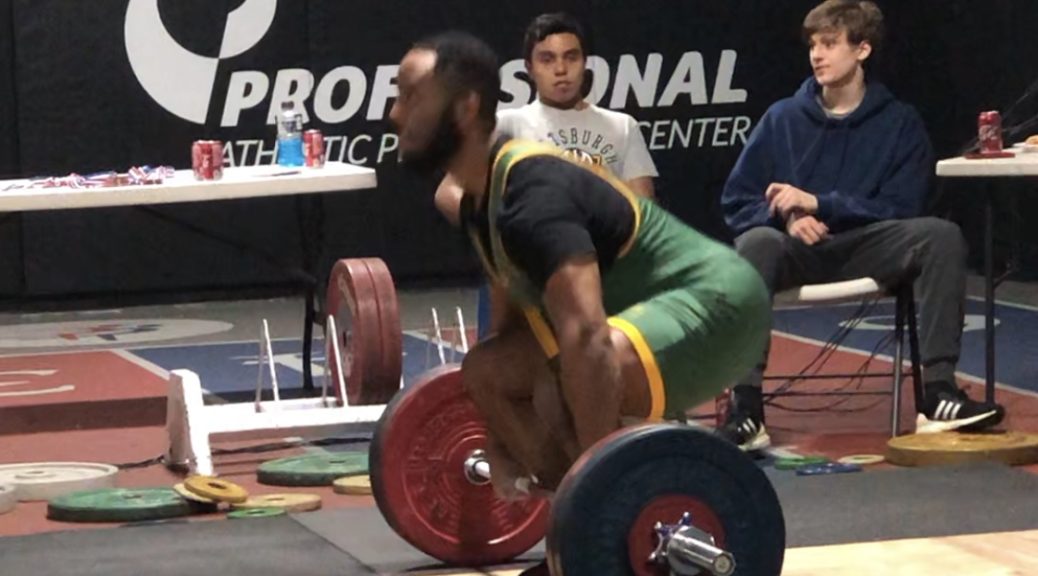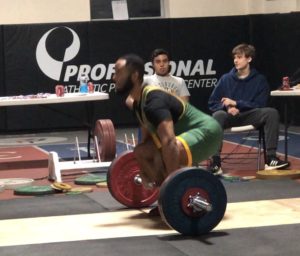Many lifts are lost before they’ve barely begun. A successful lift starts at the beginning. You can’t have a solid finish with a bad start. Lifts are taught from the hang because as the lifter starts with the bar lower and eventually from the floor, the rate of difficulty increases. Each phase of the lift needs proper technique to maximize efficiency, getting the most out of your strength. Right now, we’ll focus on starting from the bottom position.
The start position is very important. A lifter should first learn a static start, meaning, get into a ready position, locked in, with no movement of the bar or body before beginning the lift. A dynamic start is when a lifter is moving just before starting the lift. For example, when a lifter ratchets their hips up and then down into their ready position just before lift off. A static start should be learned before getting into a dynamic start because you want to be consistent in your start position. If your body isn’t accustomed to starting from the same place and you jump right into a dynamic start, you’re more likely to be starting from different points and being inconsistent with your technique.
There are many different cues a coach will use to reinforce good positions and where the focus on the lift should be. Depending on what the issues are with a given lifter, the cues are meant to direct the lifter’s attention to something specific that will help the lifter complete a successful lift. Here are some cues for the start:
- Monkey feet (flat feet) – I’ve used this one to reinforce the focus on keeping the feet flat, heels down. Picture doing a regular push up – your palms are down, fingers out, with full contact with the floor. In the same fashion, you want your whole foot making contact as you drive the bar by pressing your feet into the platform (not rolling onto your toes). Drive your feet into the platform with a stiff core to hold your position – don’t let the bar pull you forward/off balance.
- Brace! – your core should be super tight.
- Chest up – Pull in your lats/pinch your shoulder blades together, keep a tight neutral spine.
- Pull yourself down to the bar – remove all slack/tight core
Use specific exercises to build strength from the floor. Don’t neglect core work – that may be the weak link that doesn’t allow you to keep your form as you transition into the second pull. There are many options, including unilateral work, to address any weaknesses or imbalances. Here’s a few:
- Paused Deadlift to knees
- Deficit work
- Reverse Hypers
- Hypers
- Good mornings
- 1 leg RDL
- 1 leg squat
- Weighted planks
This is only a quick list of good exercises that should be in your repertoire. Complexes are also good to work the transitions from the start, to the second pull, into the completion of the lift. The start of the jerk is also very important. In the same way, it requires flat feet and a tight core to properly drive the bar up, not forward. The lifts start and end with the feet. Like roots to a tree, they need to be planted and balanced.


